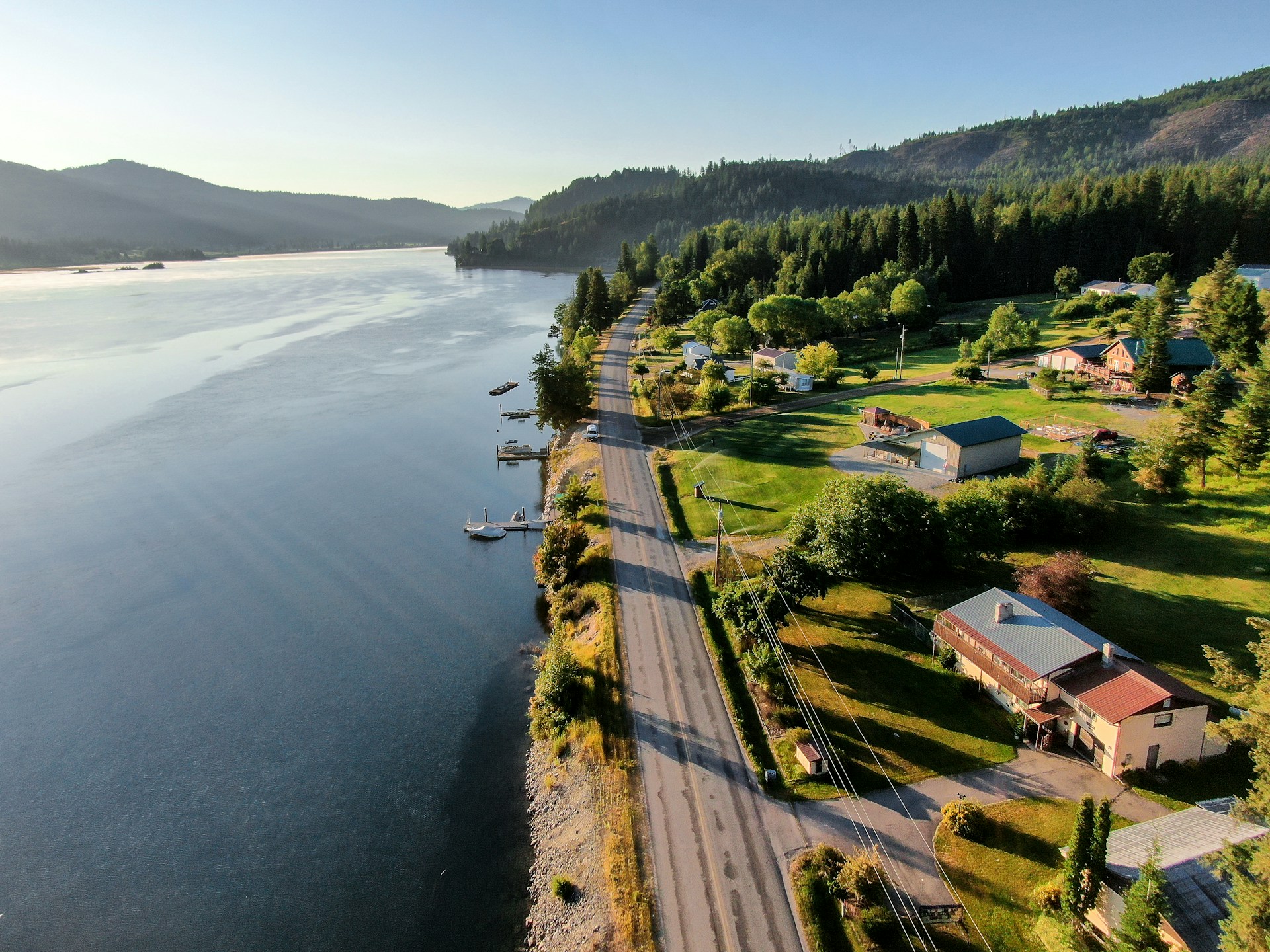Islands without residents have a different kind of noise. Wind pushes through broken windows, waves knock at old sea walls, and seabirds claim rooftops built for people who never came back. On some of these scraps of land, crumbling forts, carved stones, and abandoned machinery sit with no clear explanation, only hints. Historians can sketch timelines, but the motives, fears, and hopes behind these places often stay buried, leaving a mix of awe and unease along the shore.
Hashima Island, Japan’s Concrete Ghost
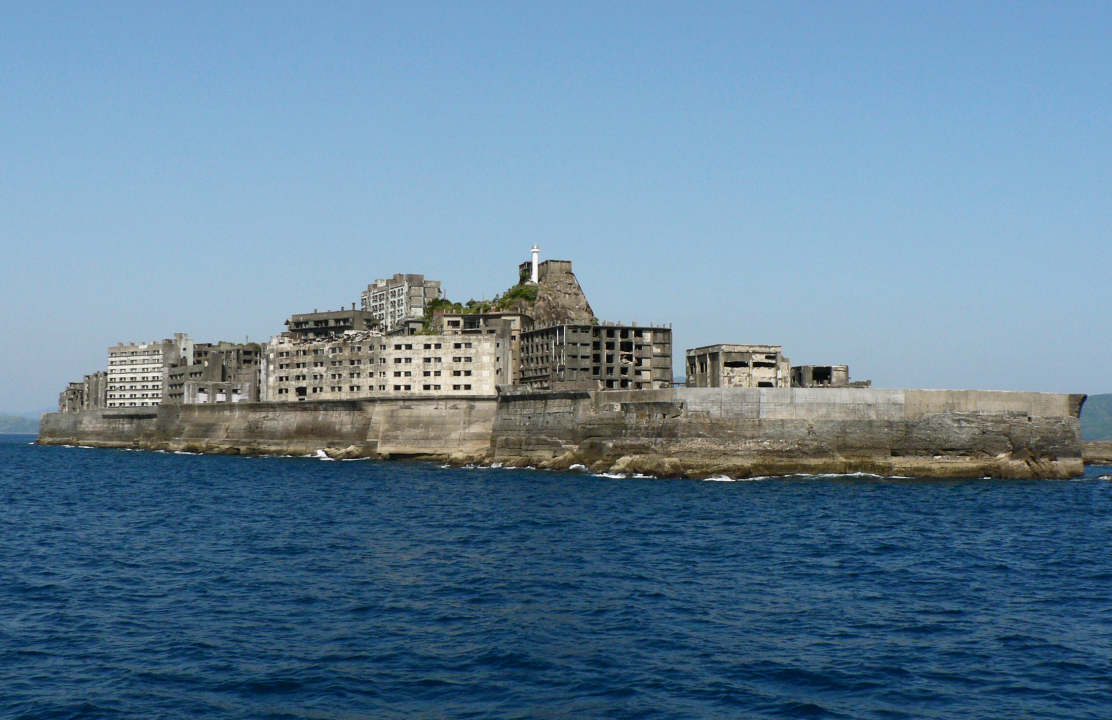
Off Nagasaki, Hashima looks like a concrete ship stranded in open water, ringed by a tight sea wall and windowless blocks. It once held thousands of coal miners and families inside stacked apartments, with alleys barely wide enough for a bicycle. When the mine shut in the 1970s, people left in a rush, abandoning toys, tools, and laundry poles. Salt air then started peeling back the place, turning it into a hollow shell where waves and typhoons do the final demolition.
Malden Island’s Unknown Builders, Kiribati
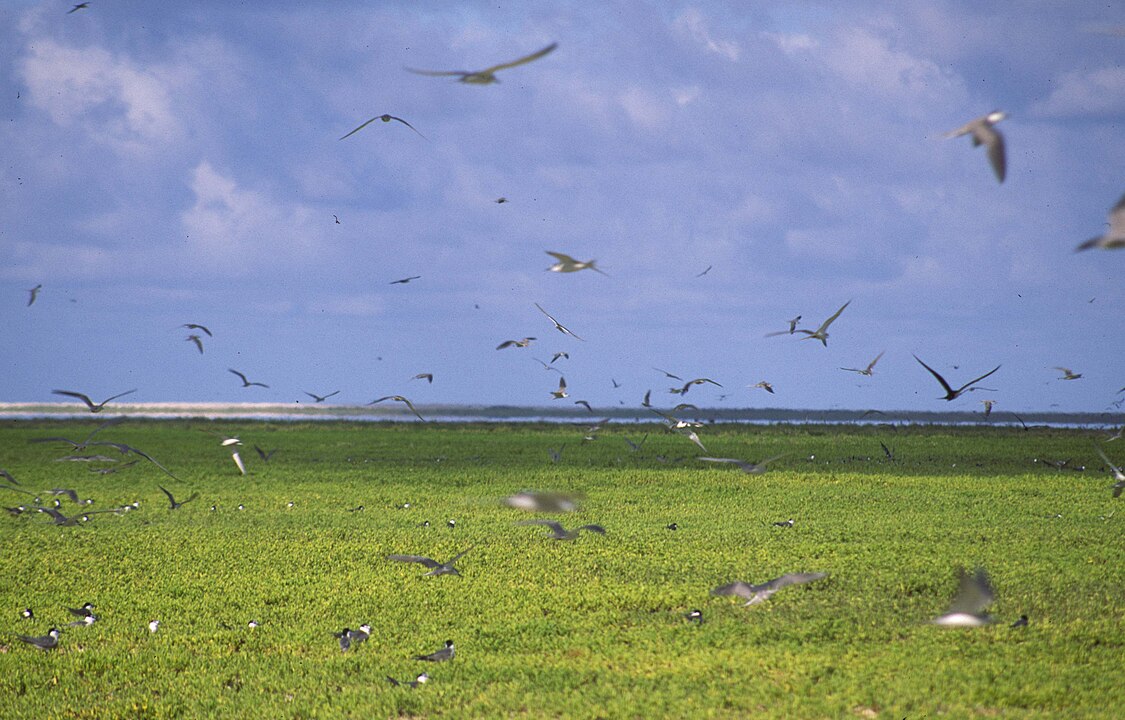
Far out in the central Pacific, Malden Island sits low and dry, edged by sharp coral and almost no fresh water. Yet its surface carries raised stone platforms, paved paths, and pyramidal mounds that look far too ambitious for such a harsh place. Archaeologists see signs of burials and ritual spaces, but there are no living descendants to explain the project. The island feels like a question carved in rock, left to bleach under sun and seabird droppings.
Nan Madol’s Coral-Islet City, Micronesia
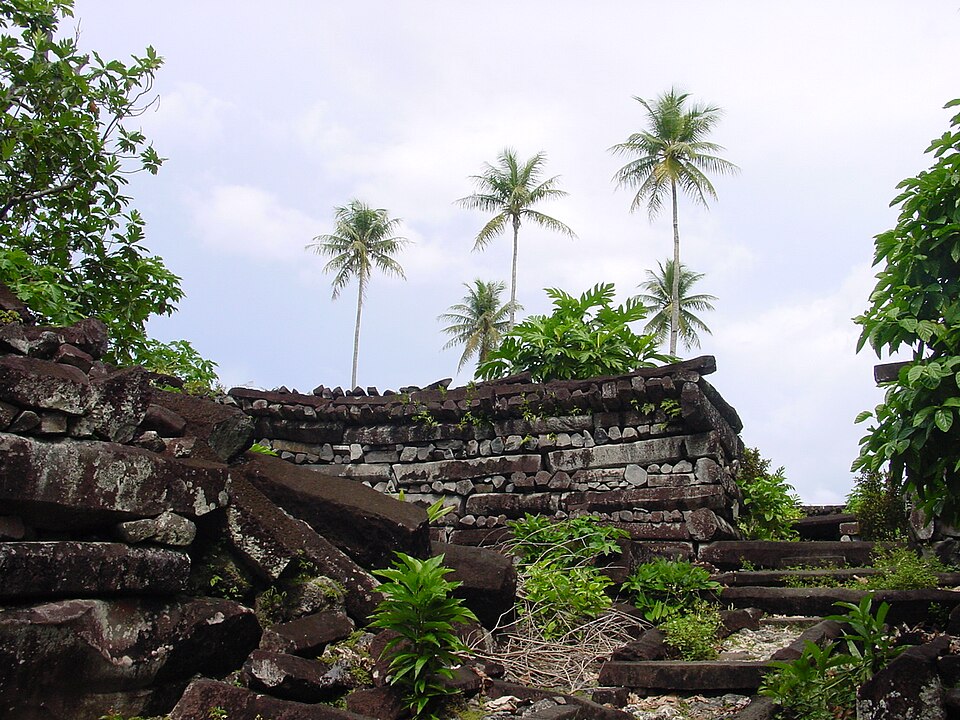
Off Pohnpei, Nan Madol spreads across a lagoon in a grid of nearly one hundred small islets, each built from columned basalt blocks. Narrow canals flow between towering walls, creating the outline of a vanished city that once held rulers, priests, and tombs. Oral traditions describe sorcery and feats of impossible engineering, while modern surveys still struggle to explain how the stones were moved. The result feels both ceremonial and strangely intimate, like corridors waiting for footsteps.
Poveglia’s Plague Shadows, Italy
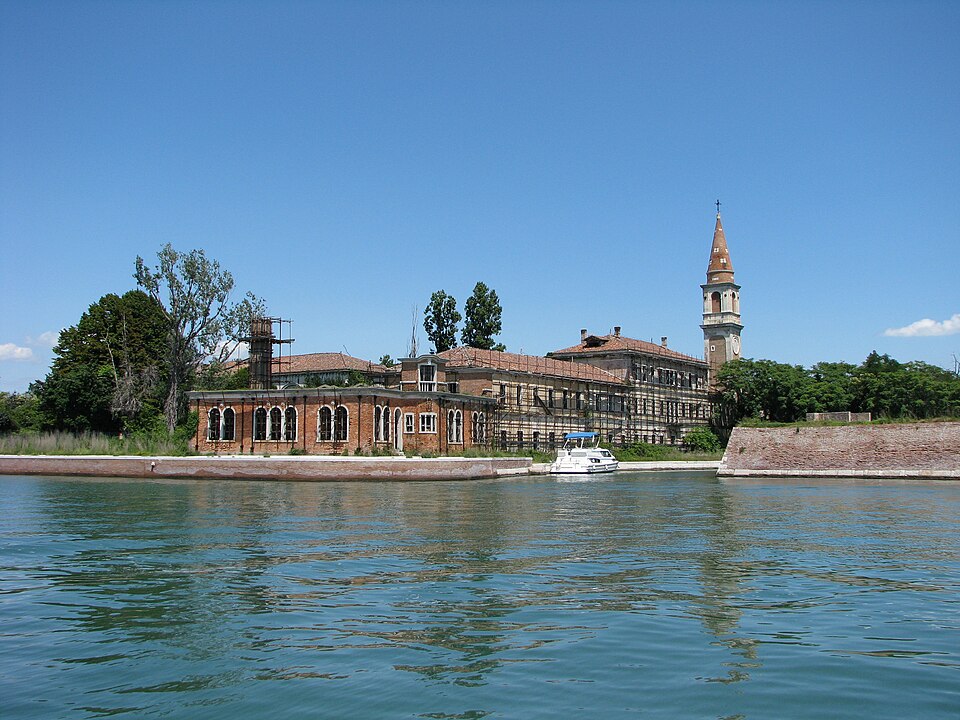
At the edge of the Venice lagoon, Poveglia lies behind crumbling brick walls and a leaning bell tower that rarely rings. For centuries it served as a dumping ground for plague victims and a quarantine station for infected ships, then later as a psychiatric hospital. Wards, courtyards, and chapels now sit open to weather and ivy, their histories only partially written down. Locals treat the island with wary respect, letting its silence speak more than stories do.
Ross Island’s Forest-Taken Colony, India
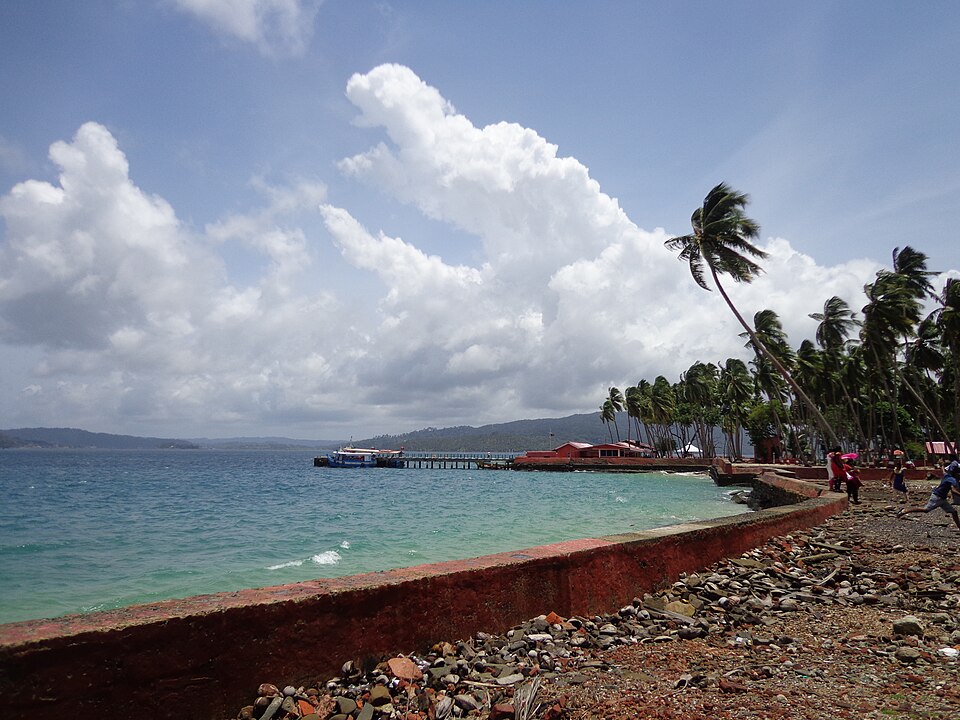
In the Andaman Islands, Ross Island once held the British administrative center for a whole remote colony, complete with clubs, churches, and neat bungalows. Earthquakes, war, and a shifting capital pulled people away in stages, leaving buildings empty just as the forest pressed in. Banyan roots slide through windows and wrap around staircases, swallowing brick arches with slow, steady patience. The ruins feel less demolished than reclaimed, as if the island decided to retrieve every stone it lent.
Suakin Island’s Coral Port, Sudan
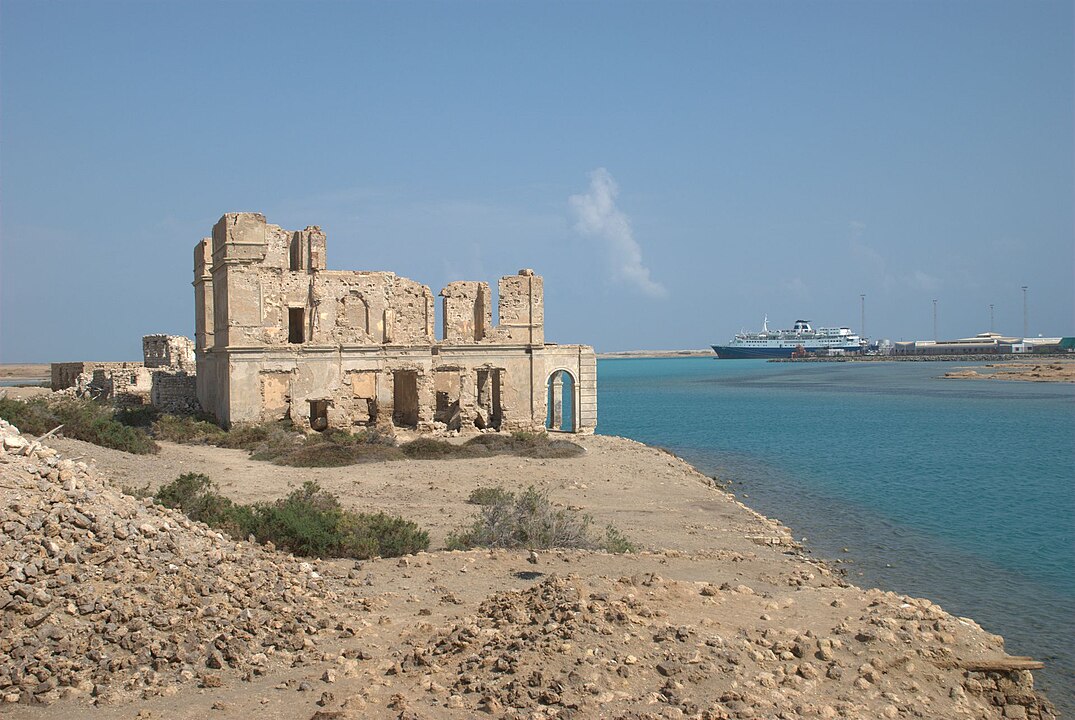
Suakin Island rests in the Red Sea, linked to Sudan’s coast by a causeway yet largely abandoned by residents and trade. Its narrow lanes are lined with cream colored coral houses, mosques, and warehouses that once hosted merchants and pilgrims heading for Arabia. When modern shipping moved to deeper harbors, the coral masonry started to crumble in the heat. Today, goats pick through dust where caravans once gathered, and ornate facades sag toward the harbor they helped build.
St Kilda’s Wind-Scoured Village, Scotland

On Hirta in the St Kilda archipelago, a single curve of stone cottages faces steep grass slopes and towering cliffs full of seabirds. For generations, a small community harvested birds, eggs, and sheep in one of the most remote corners of Britain. Illness, crop failures, and the grind of isolation led residents to request evacuation in 1930. Their houses remain roofless but ordered, with storage cleits and field walls mapping out a way of life that simply ran out of road.
Deception Island’s Volcanic Whaling Base, Antarctica

Deception Island wraps around a flooded volcanic crater in the Antarctic, its black sand beaches steaming where hot ground meets icy water. Early in the 20th century, whaling companies built tanks, boilers, and workshops here, turning the bay into a noisy seasonal factory. Eruptions and economic shifts shut operations down, leaving metal tanks, ruined sheds, and a small cemetery to face snow and ash. Penguins and scientists are now the main visitors, stepping through a landscape of rust and cinder.
Discovery Island’s Abandoned Attraction, Florida
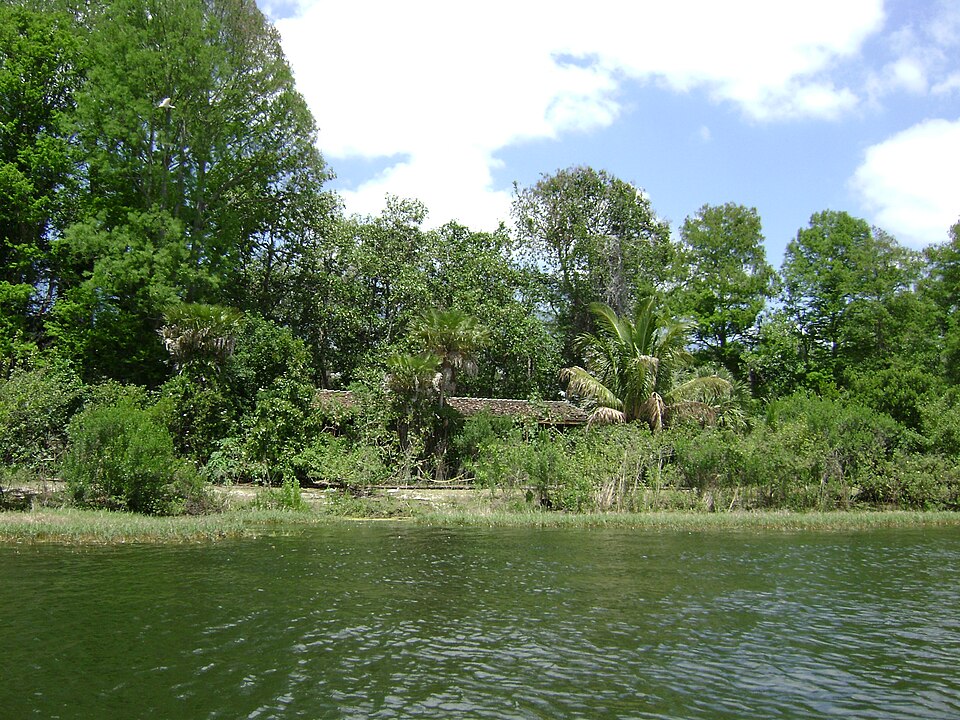
In the middle of Bay Lake in Florida, Discovery Island once welcomed theme park guests to walk shaded trails and watch exotic birds in careful enclosures. When it closed at the end of the 1990s, staff moved animals out but left infrastructure for weather and time to handle. Boardwalks, viewing huts, and service buildings now fade behind thick foliage and storm damage. Surrounded by active resorts and fireworks, the island sits strangely still, a forgotten attraction in plain sight.
Spinalonga’s Walled Exile, Greece
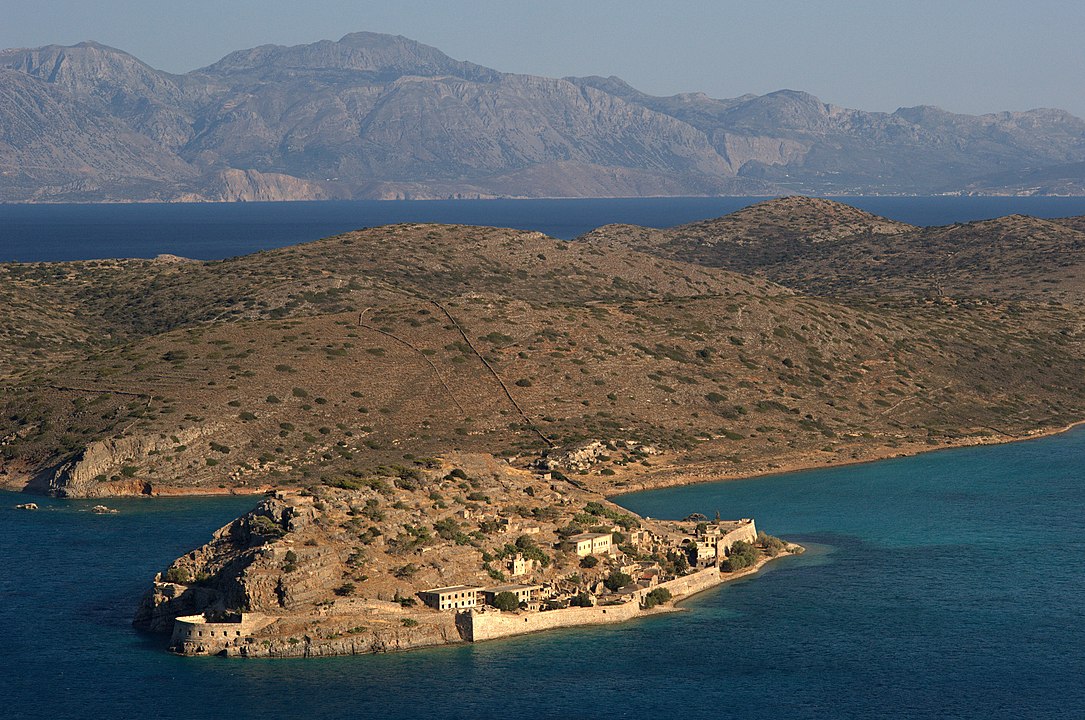
Off northeastern Crete, Spinalonga rises as a rocky outcrop wrapped in Venetian fortifications and small stone houses along the shore. Greece later turned it into a leper colony, where patients lived, worshipped, and traded inside walls meant for war. After medical advances, the last residents left and the gates closed, freezing everyday objects in place. Lanes, courtyards, and chapel steps remain, bearing marks of both military defense and stubborn attempts at normal life under isolation.
Port Jeanne d’Arc’s Frozen Whaling Station, Kerguelen
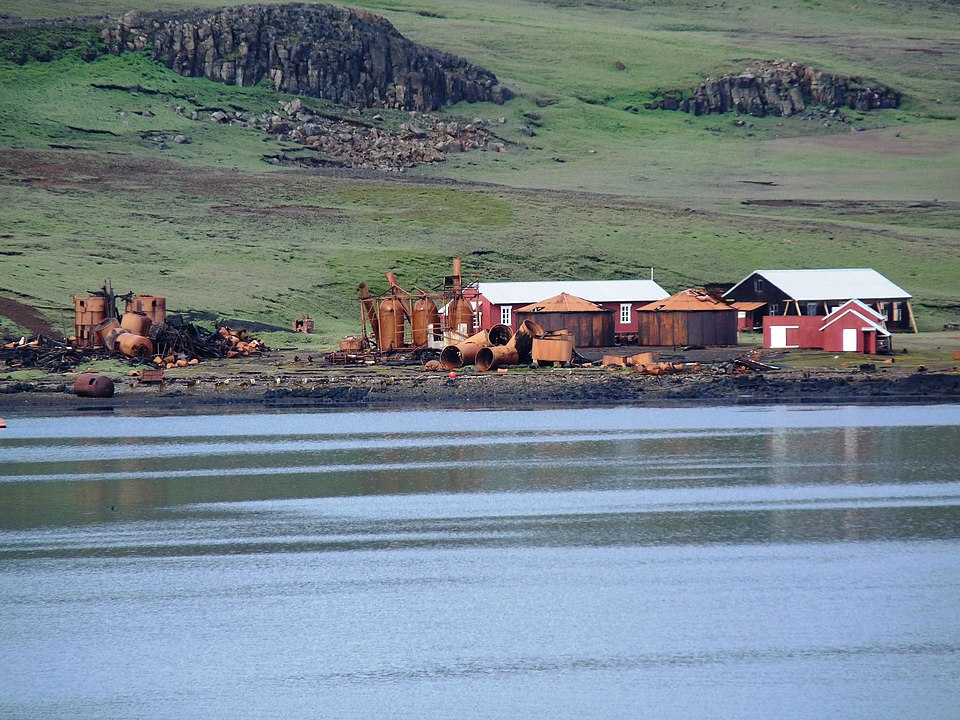
On the Kerguelen Islands in the southern Indian Ocean, Port Jeanne d’Arc lies at the edge of a cold bay visited mostly by research crews and sailors. A Norwegian company once ran a whaling station here, complete with workshops, cookers, rail tracks, and simple housing for workers. When factory ships made shore bases obsolete, operations ended and the site emptied almost overnight. Wind and salt have since twisted metal and cracked wood, leaving a full industrial outpost with no town attached.

